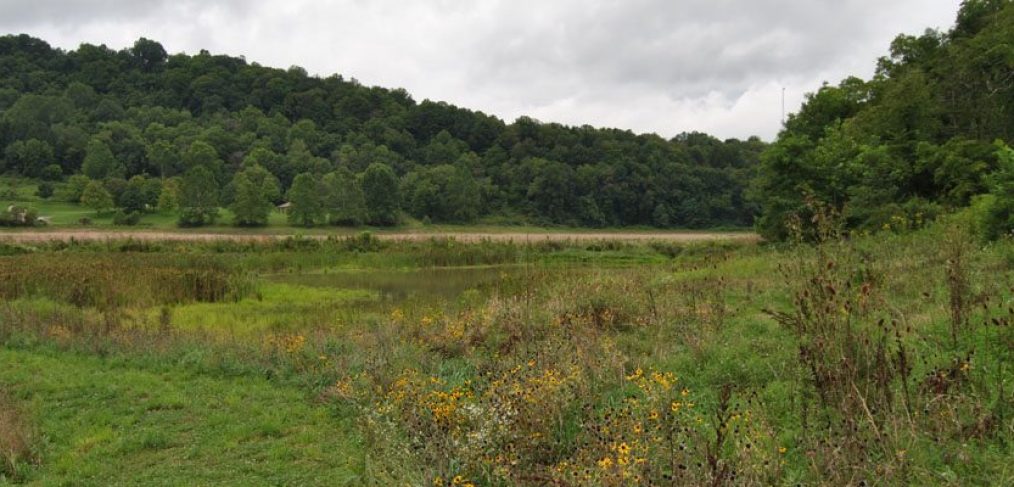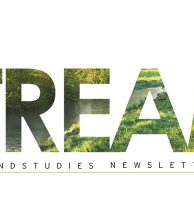
Ryerson Station State Park Plans for Restoration
Ryerson Station State Park, located in southwest Pennsylvania, is undergoing a “Re-Vision” process to plan for the future of the park, and the Department of Conservation and Natural Resources (DCNR) is getting the public involved to make it an “exceptional park”. LandStudies, partnered with Murphy and Dittenhafer, Inc., has also been an integral part of the planning, as we recently completed a feasibility study to restore the stream and floodplain system on the property and are moving onto the next steps for the project in 2018.
Background
Ryerson Station State Park consists of 1,164 acres and features a swimming pool, campground, hiking, fishing, picnicking, and winter activities such as cross-country skiing, skating, snowmobiling, and sledding. North Fork Dunkard Fork (NFDF) is a stream that flows approximately 9,200 feet through the park and is designated as a trout stocked fishery. Many visitors to the park would have never known NFDF flowed through the park, as much of it was inundated under the 62-acre Duke Lake until the dam was lowered in 2005.
Following the lowering of the dam, the NFDF stream channel became highly unstable, which was caused by years of accumulated sediment in the former lake bottom. To date, banks of five to six feet in height and bank failures are common along the channel of NFDF. Because of this channel instability, large accumulations of fine sediment and excessive nutrients (i.e. nitrogen and phosphorus) contained within the soil are introduced into the stream channel, which increases the cloudiness of the water, lowers water quality, negatively affects the existing aquatic habitat within the park and in the downstream watershed, and affects recreational opportunities.
The Feasibility Study
The results of the study show that the stream system and associated tributaries can be restored to a stable configuration that will eliminate the pollution issue, greatly improve the ecology and habitat associated with the stream system, and enhance recreation opportunities.
The following benefits will occur by restoring the floodplain and stream:
- Improved stability of the stream system by reducing/eliminating bank erosion and stream bed degradation
- Improved water quality by reducing bank erosion, increasing the potential for de-nitrification, and allowing sediment and nutrients to deposit on the floodplain instead of being transported within the channel
- The re-introduction of floodplain wetlands that are linked to the water table that will provide increased nutrient uptake and can also store and treat storm flows
- Increased flood flow storage and infiltration opportunities in the floodplain
- Improved aquatic and terrestrial riparian habitat
- Improved recreation access, increased in-stream fish habitat, and increased angling opportunities
Next Steps
The next phase of the project involves extensive site analysis, the study of alternatives, and preliminary design. This phase brings important elements of the project together so the alternatives can be reviewed by DCNR and other stakeholders to determine the best path forward to achieve the goals and objectives for the park. The evaluation of alternatives gives DCNR the ability to better predict project outcomes and schedule, ensures effective use of state resources, and reduces project risk.
The community around Ryerson Station State Park, as well as the myriad visitors from further afield, have been waiting many years for their park to seem whole once more. With the completion of this stream restoration project, they will gain valuable recreation and ecological opportunities.
Design and engineering is scheduled to be completed in 2018 to enable construction to commence in 2019. More information about “Re-Vision Ryerson Station State Park” can be found here.



